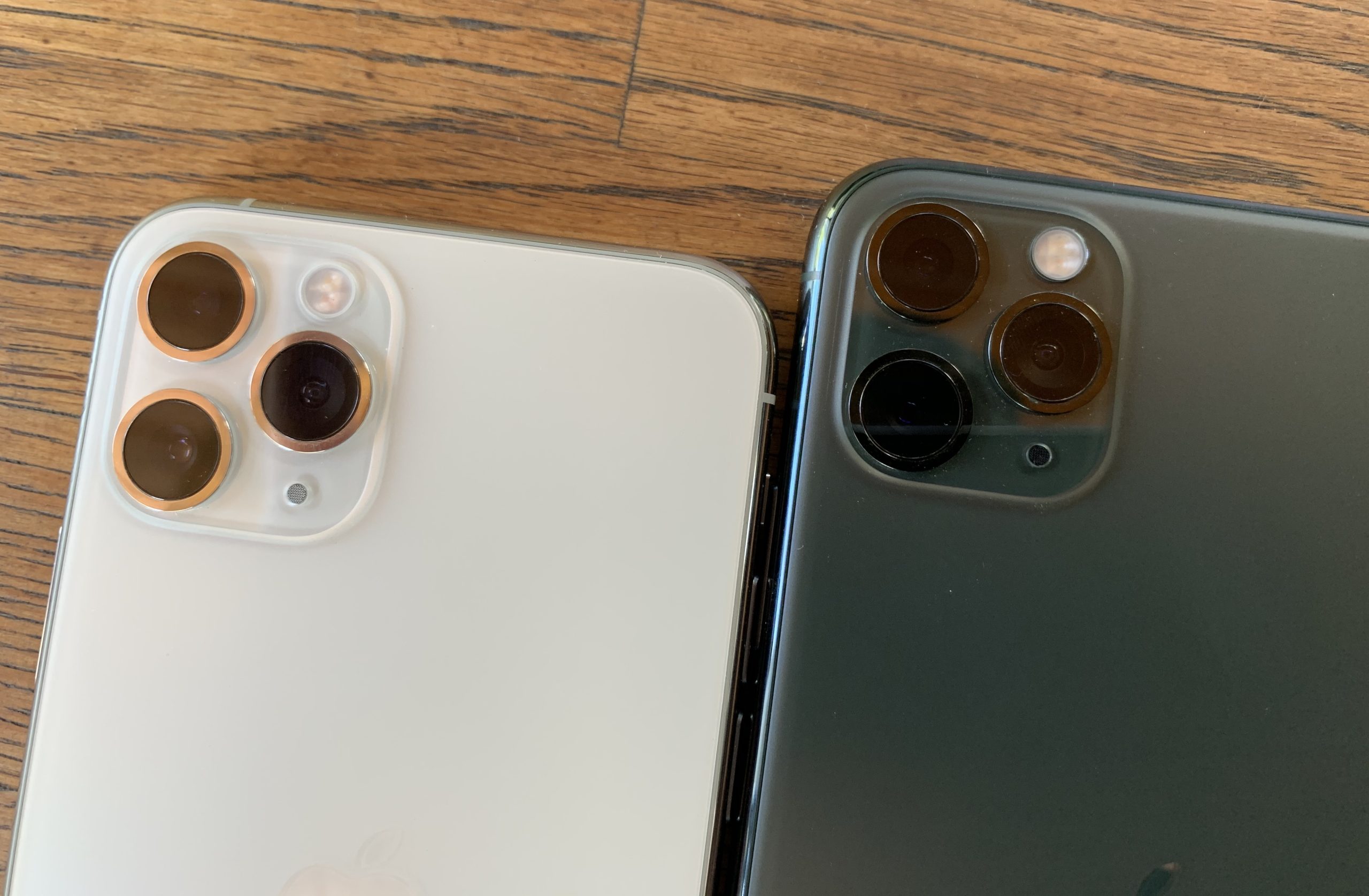Thermal imaging cameras have become an indispensable tool in the realm of home inspections, offering a non-invasive means to detect and diagnose issues that are not visible to the naked eye. This technology, which translates heat emitted from objects into visual data, is revolutionizing the way inspectors assess the condition of a property.
Understanding the Basics of Thermal Imaging
At its core, a thermal imaging camera captures the infrared radiation emanating from various surfaces in and around a home. These cameras can unveil a wide array of problems, from electrical faults to hidden water leaks, by displaying temperature differences as a spectrum of colors.
The Advantages of Using Thermal Imaging in Inspections
- Non-destructive detection: Thermal cameras can identify potential issues without the need to tear down walls or disturb the property in any way.
- Comprehensive diagnostics: They provide a broader view of the property’s condition, highlighting areas of concern that may require further investigation.
- Efficiency: Inspectors can cover larger areas in a shorter amount of time, making the inspection process quicker and more cost-effective.
Applications of Thermal Imaging in Home Inspections
- Detecting moisture and mold: Thermal cameras can spot dampness behind walls or under floors, areas where mold is likely to grow.
- Identifying electrical issues: Overheating electrical components emit more heat, which is easily captured by thermal imaging.
- Assessing insulation effectiveness: Inadequate insulation and thermal bridging can be pinpointed, helping homeowners enhance energy efficiency.
Real-World Impact of Thermal Imaging
Consider the case of a homeowner who suspected mold growth due to a musty smell in their home. A traditional inspection might have missed the early signs, but a thermal imaging camera revealed an area of dampness behind the living room wall. This early detection allowed for prompt remediation, preventing extensive mold growth and structural damage.
Choosing the Right Thermal Imaging Camera
When selecting a thermal imaging camera for home inspections, several factors should be considered, including resolution, sensitivity, and the ability to integrate with other diagnostic tools. InfiRay, renowned for its innovative thermal imaging solutions, offers a range of cameras that meet these criteria.
“InfiRay’s thermal imaging cameras provide clear, high-definition images that make it easier to identify and diagnose issues within a property. Their ease of use and reliability make them a top choice for professionals in the field.” – Home Inspection Expert
Featured Product: InfiRay P2 Pro Thermal Camera for Smartphone
The InfiRay P2 Pro Thermal Camera for Smartphone is a prime example of how thermal imaging technology is becoming more accessible. This compact device can be connected to a smartphone, transforming it into a powerful thermal imaging tool.
Conclusion
Thermal imaging cameras are revolutionizing home inspections by providing a clearer picture of a property’s condition. This technology not only enhances the efficiency and effectiveness of inspections but also plays a crucial role in preventive maintenance, ultimately saving homeowners time and money. As the technology continues to evolve, the potential applications of thermal imaging in home inspections are bound to expand, further solidifying its place as an essential tool in the industry.
For more information on thermal imaging solutions and to view a wide range of products, visit InfiRay.
